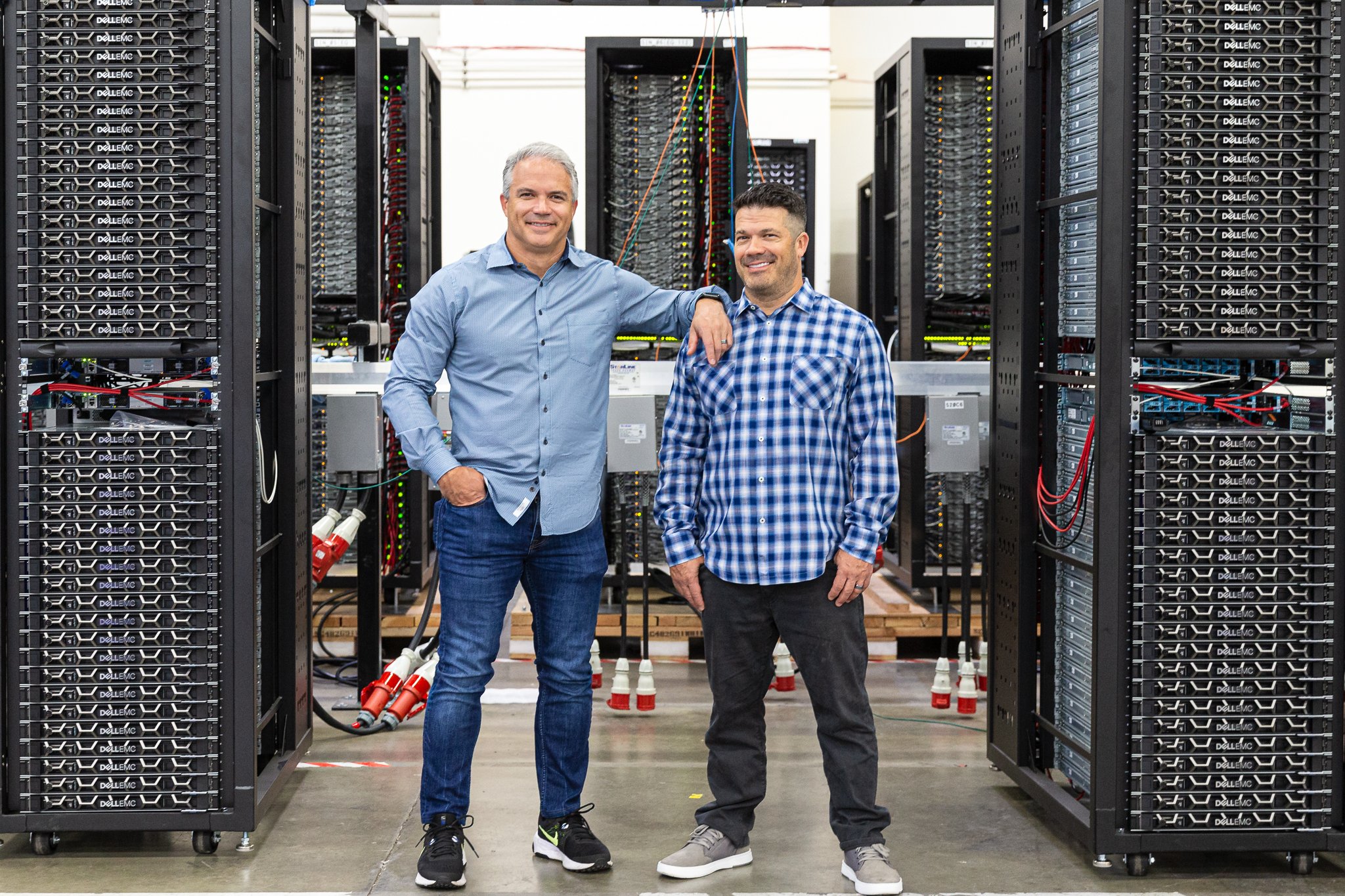In a previous blog post, we highlighted how the rising use of containers has revolutionized the way software is developed and deployed. In this post, we offer a "cheat sheet" on Kubernetes for IT leaders who are considering container-based architecture.
Introduction to Containers
Application containers allow developers to package an application and its underlying dependencies into a lightweight container that can run anywhere, bringing speed, flexibility, and efficiency to modern development practices.
Drawing on the resources of the host operating system, containers make highly efficient use of the underlying server infrastructure and allow enterprises to ramp up application instances quickly to match spikes in demand.
Hundreds of containers deployed across multiple hosts introduce the need for container orchestration. That's where Kubernetes comes in.
Often abbreviated to K8s, Kubernetes automates the deployment, scaling, maintenance, scheduling and operation of multi-container applications. Put simply, Kubernetes makes managing containers simpler.
A New Standard for Container Orchestration
Originally developed by Google and now maintained by the Cloud Native Computing Foundation (CNCF), Kubernetes has quickly risen to become the standard for container orchestration.
It has been incorporated into Docker — the leader in containerization technology. Leading vendors such as AWS, Azure, Cisco, IBM, Google Cloud, and VMware have rushed to support K8s and the CNCF. Many well-known companies are already using Kubernetes for container management.
Kubernetes arrived on the scene just as DevOps, Agile, and digital transformation were taking flight. These were organizational and process changes that align perfectly with cloud-native application development practices.
Because Kubernetes is application-centric, it allows teams to quickly build cloud-native applications that can run on any infrastructure - public cloud, private cloud, hybrid cloud, and bare-metal on-prem.
IT + Business Strategy
Kubernetes puts IT at the helm of business strategy by providing a fast path to improved developer productivity and the opportunity for an enterprise to remain relevant in a market increasingly defined by digital experiences and the cloud.
It makes a container-based architecture feasible and less resource-intensive while helping enterprises realize more ROI from cloud and hardware investments.
Kubernetes is certainly creating a buzz in the developer community, but it comes with a steep learning curve. It's made up of multiple components and it can be difficult to ascertain which ones are relevant for your IT landscape.
If you are new to the world of container orchestration, aligning your development team around the 12 Factor App methodology is an excellent foundation for designing software to run in an environment like Kubernetes.
Getting started with Kubernetes
For IT leaders looking to reap the benefits of Kubernetes adoption, Pivotal Container Service (PKS) is a simple way to deploy and operate production-ready Kubernetes on VMware vSphere and Google Cloud Platform.
Redapt is one of just a handful of systems integrators with the capabilities to deliver a PKS solution. If you're interested, start with a Kubernetes readiness assessment.














